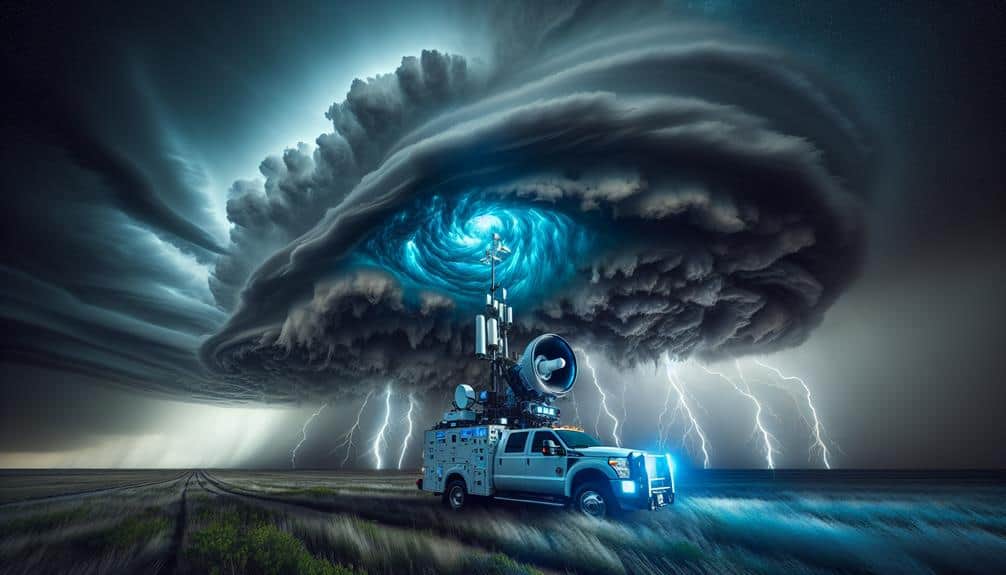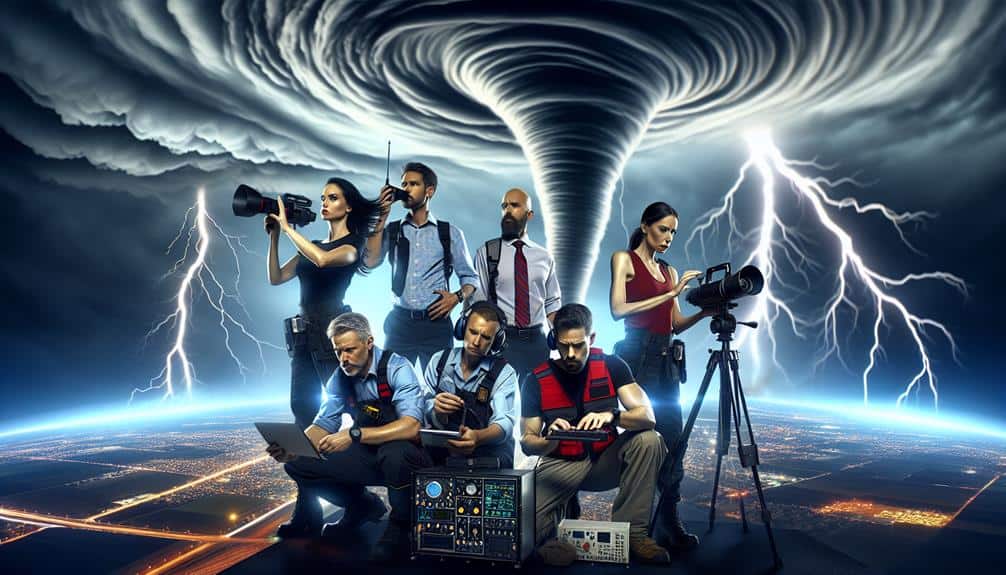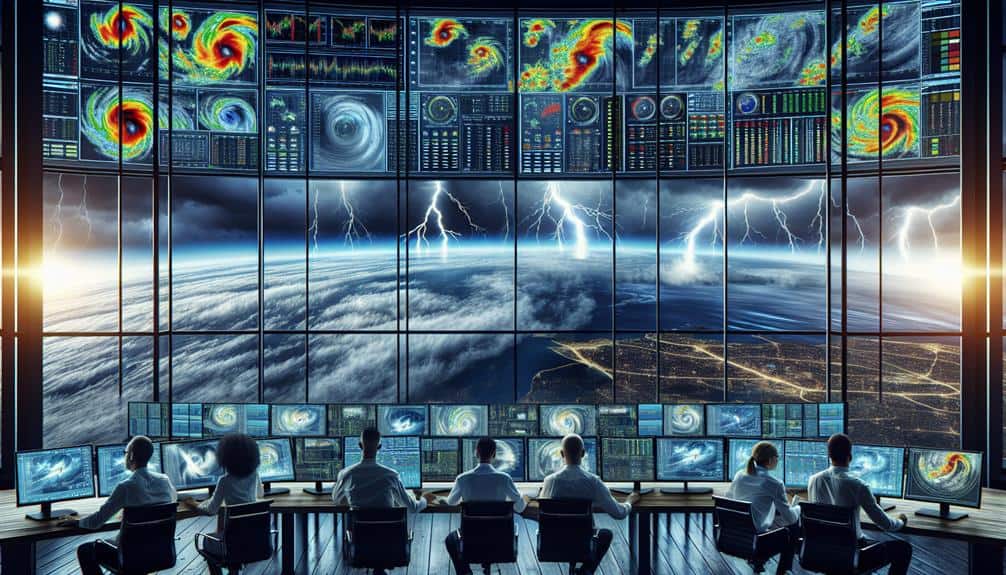Why Is Predicting Storm Formations Challenging and How to Solve?
Predicting storm formations is tough due to the complexity of atmospheric variables like temperature, humidity, wind speed, and pressure. Nonlinear interactions among these elements demand advanced algorithms. Rapid weather changes and limited historical data amplify these challenges, complicating data interpretation and model refinement. Despite high-resolution satellite imagery and computational power, technological limitations still impede accurate […]
Why Is Predicting Storm Formations Challenging and How to Solve? Read More »








